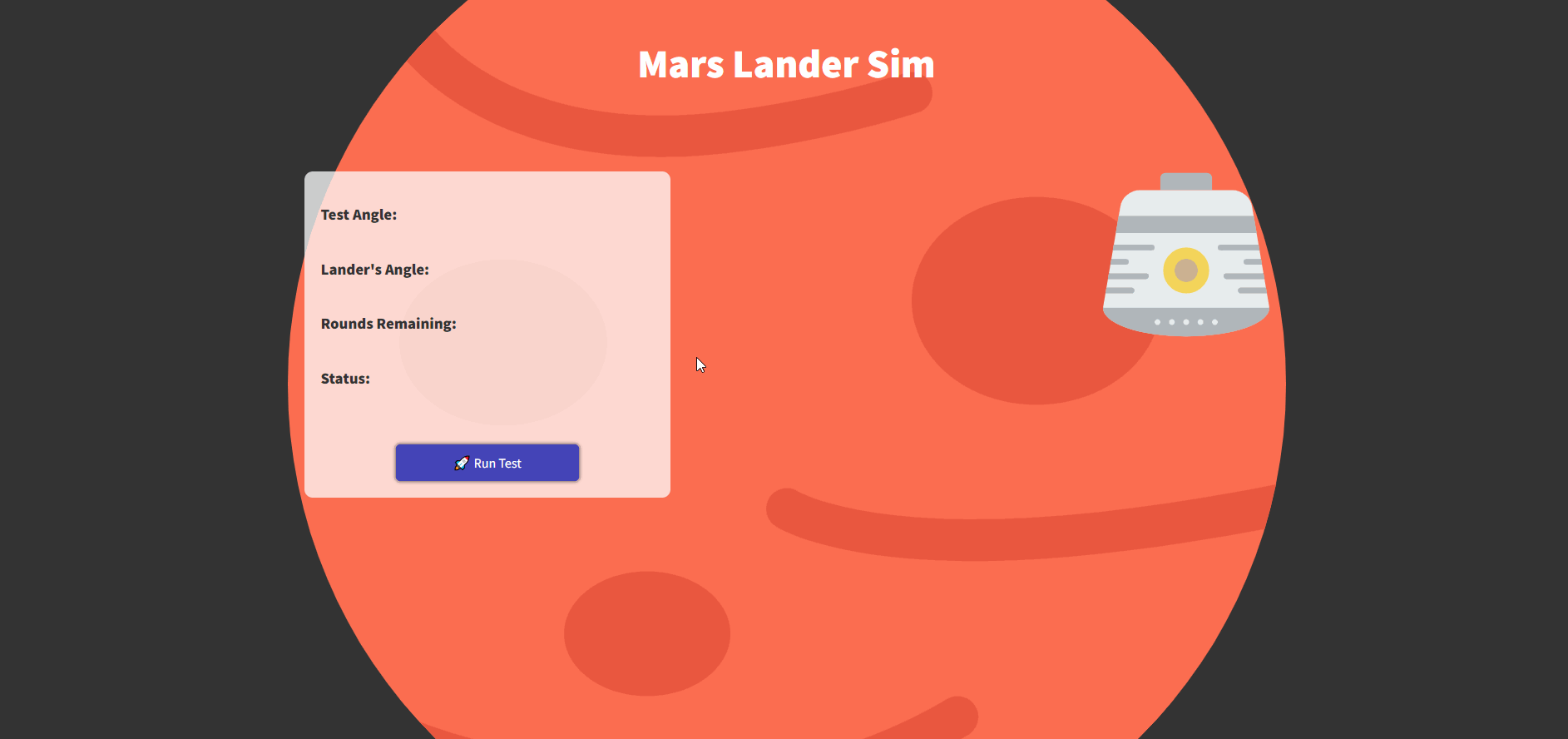Building Interdisciplinary Content
What is interdisciplinary teaching?
I talked a bit about the idea of interdisciplinary (ID) teaching in this post. Broadly, the idea is designing instruction that isn't siloed into a single category or discipline. This requires more work on a teacher, but the payoffs are enormous. Helping students to see the context by which a topic fits into the greater world allows for increased metacognition and understanding of relationships between pieces of knowledge.
There's a range of approaches our research group has identified. This spectrum varies from those that are more reliant on the teacher of the class becoming an expert all the way to the other end, which focuses on the teacher relying on outside experts to provide specific content or skill-based knowledge.
Which approach did I use?
My lesson - which spans several days in class - lands somewhere in the middle. My students recently began working with JavaScript. When we return from a break in a couple of weeks, we'll begin working on conditional logic. For a while, I've been fascinated by the programming needed for a Mars lander to be piloted down to the surface without human operation. With the distance between Earth and Mars, remote piloting is not an option as the lander tries to come down at exactly 12°. This is a great opportunity for a relatively simple algorithm! They'll use conditional logic to write a function whose job is to realign the lander after it's been thrown at a random angle.
While I know about writing algorithms, I don't know much about aerospace engineering 😅
Luckily, I have a friend who works for the DoD and just so happens to sign all of his emails with the title "Rocket Scientist" 🚀
Last week, I got in touch with him to see if he'd be willing to talk a bit about the need for using algorithms in his work and the role they play in a Mars mission. Thanks to the increasing prevalence of telecommunication tools like Teams and Zoom, we can easily bring him in remotely to give some real-world perspective on the work we're doing.
There's two critical pieces at play here:
-
Use your network - sitting down for a few minutes and thinking about who you may know - or who they may know - often opens a few doors for exploration.
-
Use all your tools - we can literally connect with anyone, anywhere. Our classrooms are just the four walls around our desks...get your students "out" there!
What about the lesson?
This lesson will span a few days in class. Notably, we'll begin by just getting a basic idea for an algorithm being a sequence of steps. A procedure. From there, our expert will join class the following day and provide some context for the use of algorithms in his daily work. Following that, students will receive their assignment where they work to build a functioning solution like this key. The starter code can be found here and example of the working solution is below.
I'm optimistic this will be an exciting opportunity for these students to see the lessons learned in an elective web design class have real applications aside from building a marketing website 😉




